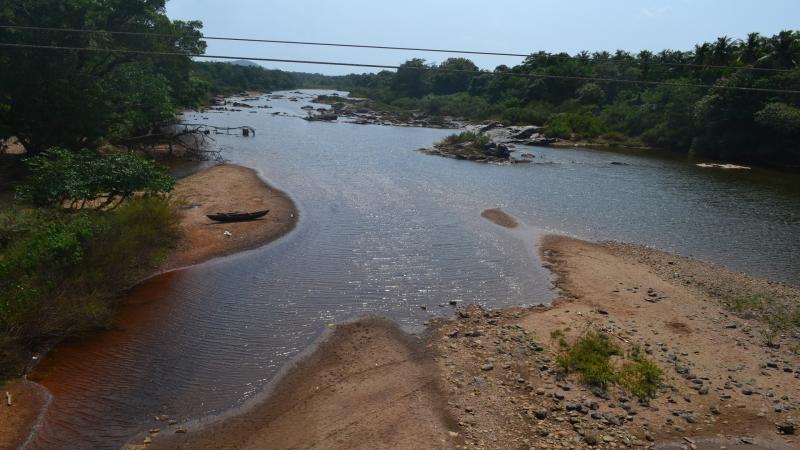
Researchers from National Institute of Oceanography, Goa have studied seasonal distribution of single celled organisms with shells known as forams or foraminifera, in the mudbanks of Allepy, Kerala. The study was conducted to understand the response of forams to physical and chemical changes in the environment associated with the mudbank formation.
Mudbanks are the calm, turbid regions adjoining sea coasts. These unique formations are distinct to the coasts of Kerala at Cochin and Alleppy. Many processes, like seasonal winds and coastal tides, are associated with it. The present study is a first-of-its-kind in trying to document the effect of the associated processes of mudbank formation on forams living at the bottom of a sea.
Why forams? Forams- in their fossilised form are an important indicator of the age of marine rocks, acting as an evidence of past environment. It is also helpful in oil exploration, indicating the presence of oil wells.
In the new study, the team of researchers studied the seasonal changes in total carbon, calcium carbonate, organic carbon, and organic nitrogen to understand the effect of mudbank formation on capture of carbon in the sea. Carbon capture in the sea is one of the major factors responsible for the receding global warming.
The study reported a low abundance and low diversity of forams in the mudbank, both during pre monsoon and monsoon seasons, suggesting a stressed environment. “The higher percentage of organic carbon and constant organic nitrogen suggest that food availability and its source is not a major factor affecting forams living in the bottom of the sea in the mudbank. Instead, increased turbidity and low bottom water salinity are the main cause of seasonally stressed environment in the mudbank” remark the researchers.
Forams living at the bottom of the sea can be distinguished into many types. According to study, Agglutinated forams (These forams build their shell of foreign particles held together by organic cement) dominate the bottom living foram population in the mudbank and there is reduction in calcareous forams (forams that produce their own shells). The domination of agglutinated forams suggests that the area has less carbonate and also is under freshwater influence.
According to the study, one of the reasons for the low foram population in mudbank regions in all the seasons is due to degradation of organic carbon coupled with fresh water influx inducing a drop in bottom water pH. But the reduced calcareous foram abundance in the bottom of the sea, however, does not affect the carbon capture in the mudbank, due to higher percentage of organic carbon.
The study highlight the crucial links between the biodiversity and geological processes involved in the mudbanks of Allepy.





